
Where We Be
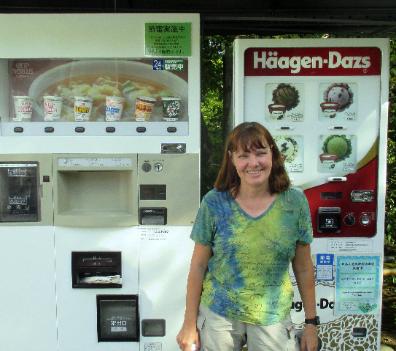
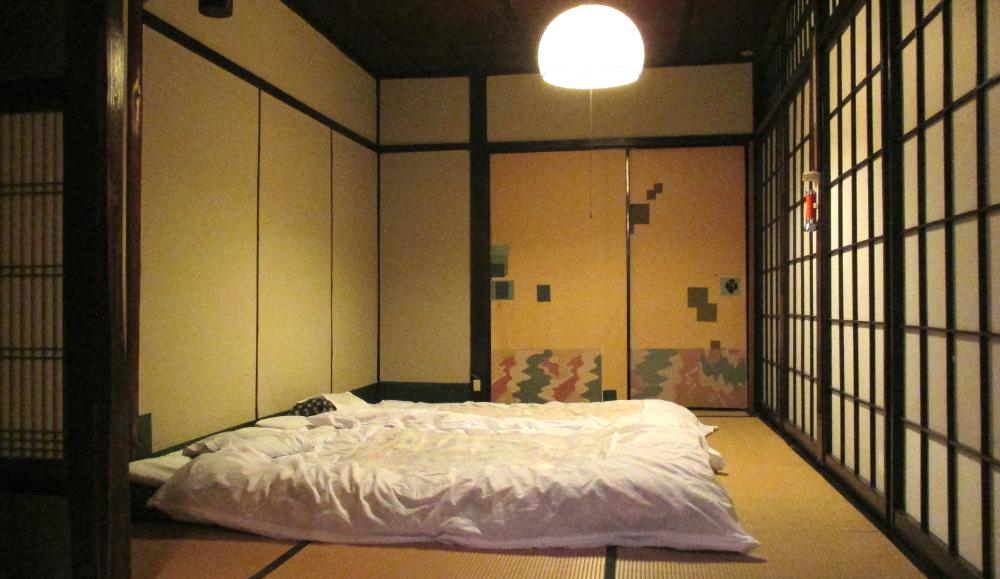
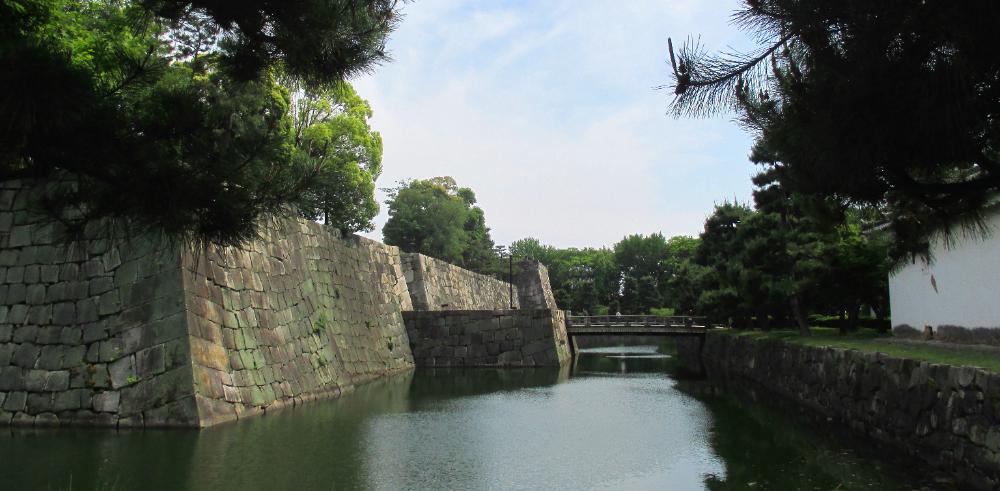
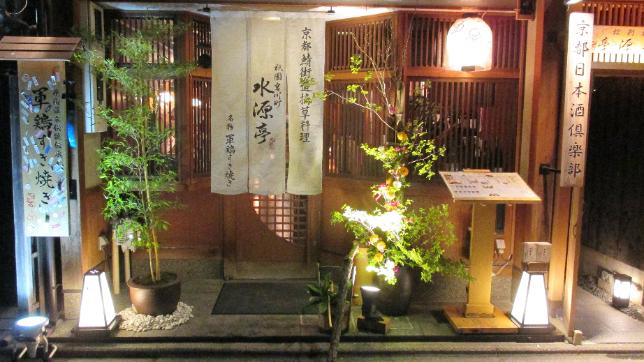
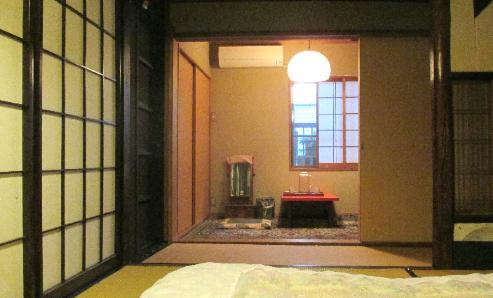
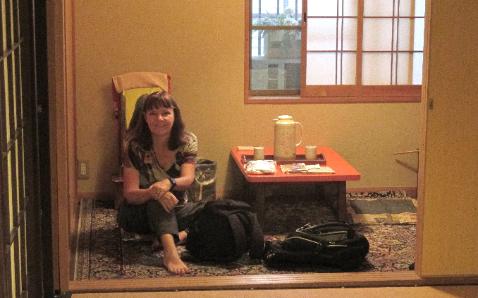
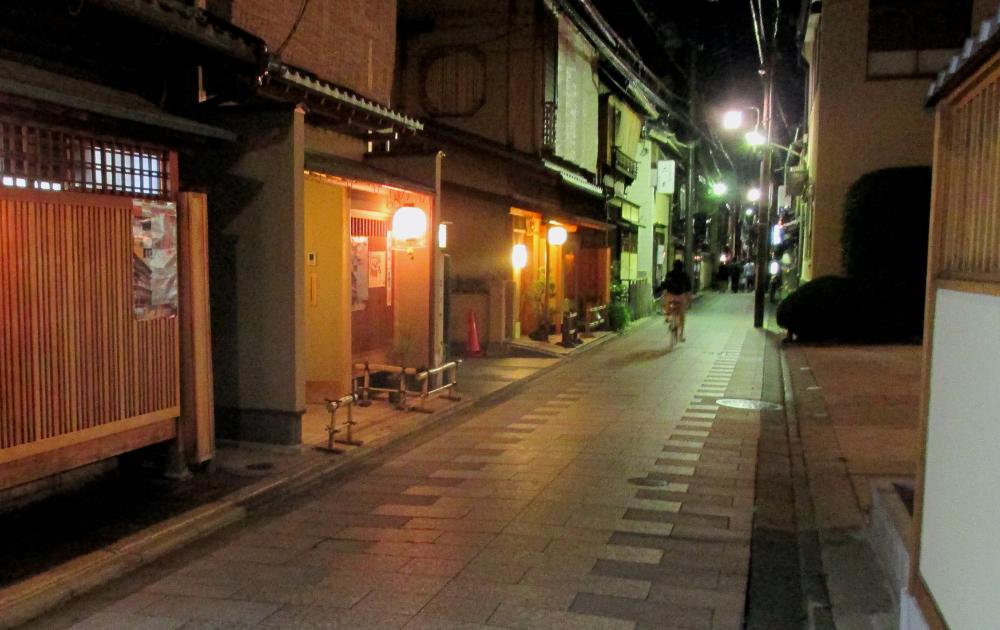
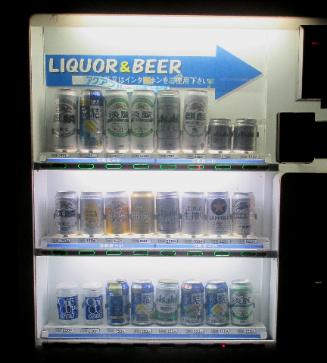
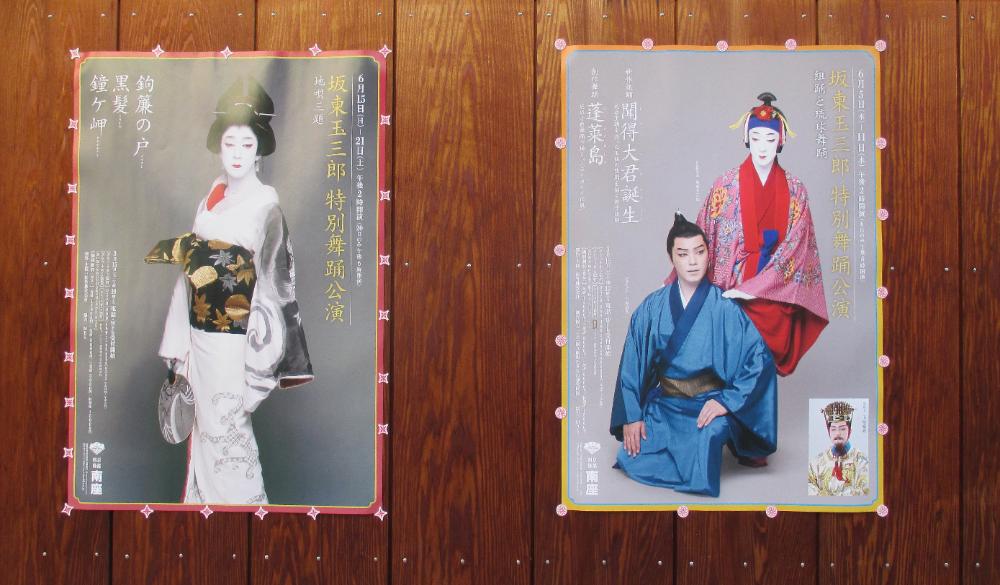
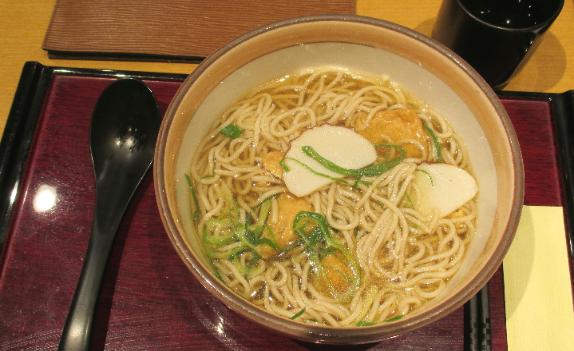
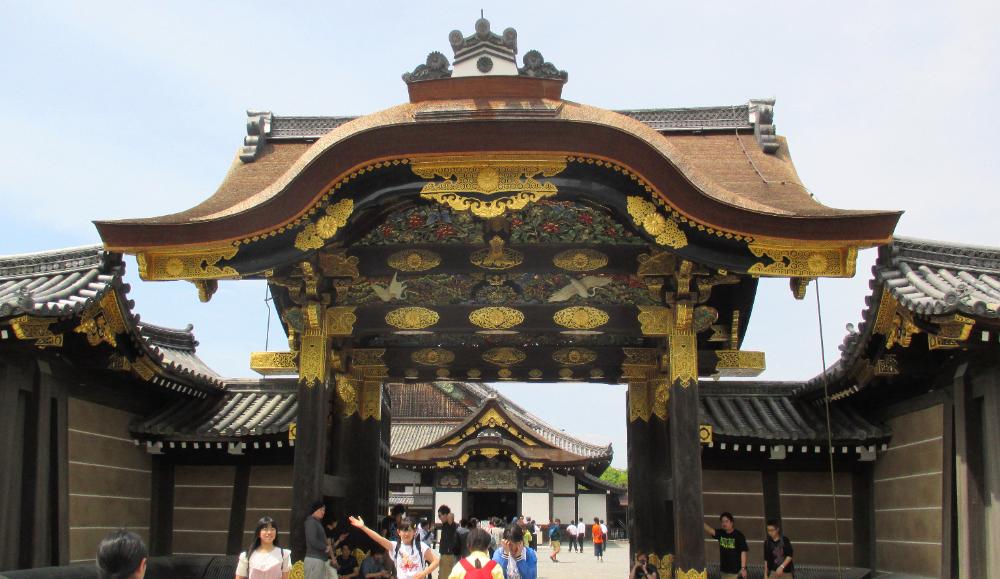
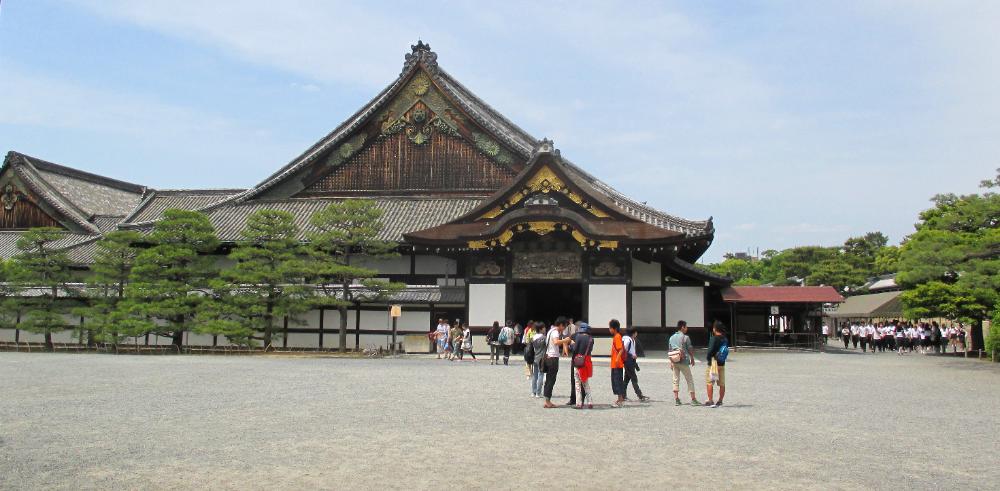
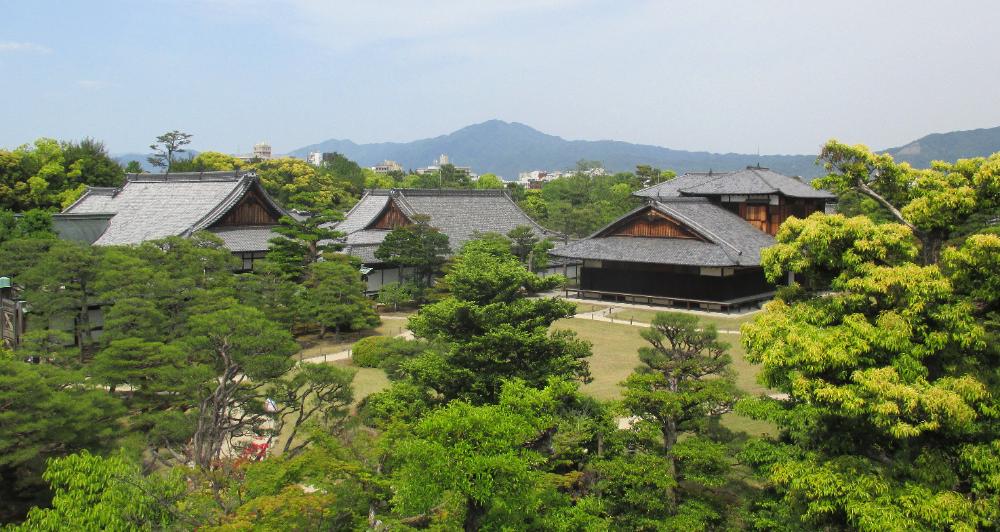
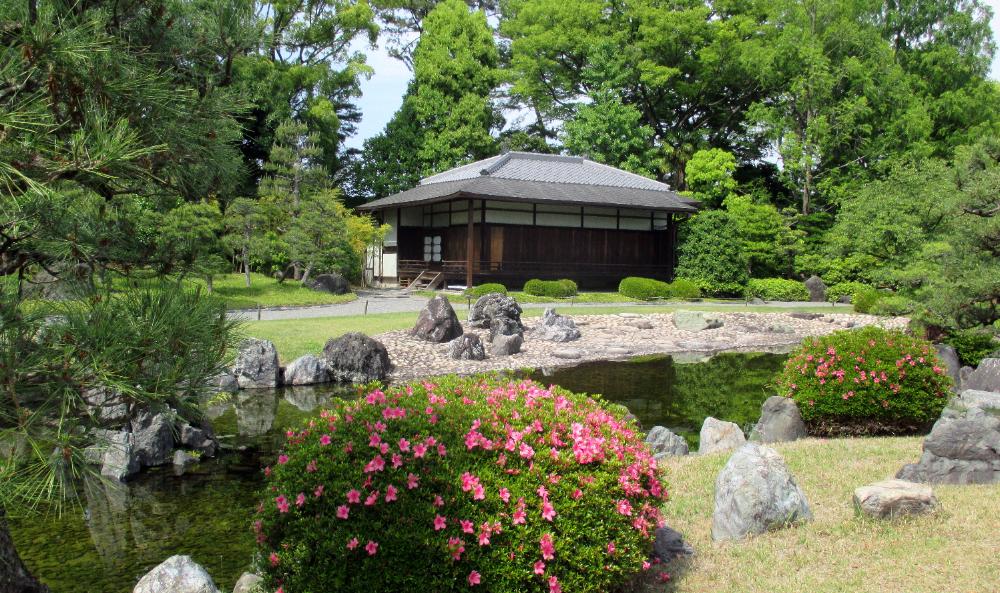
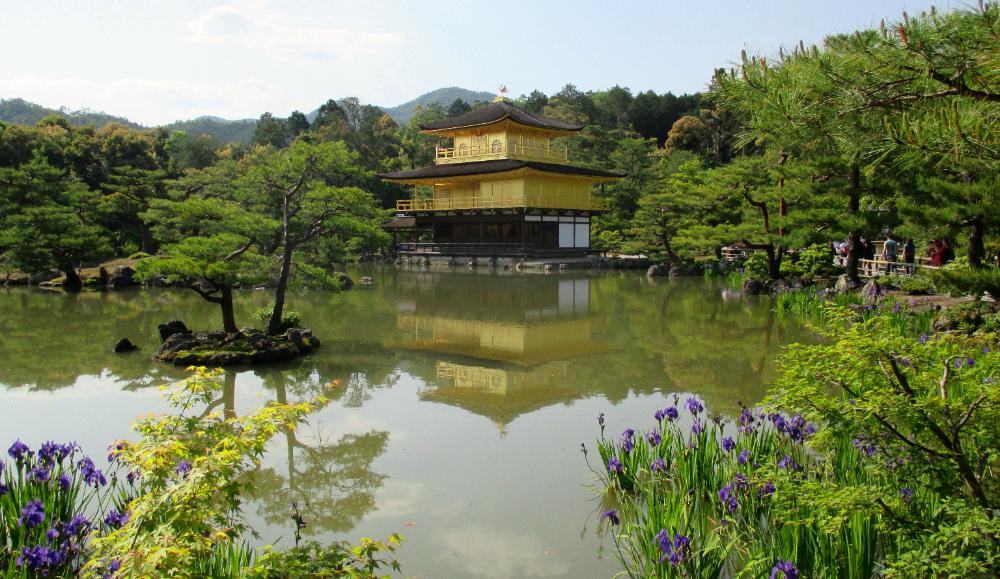
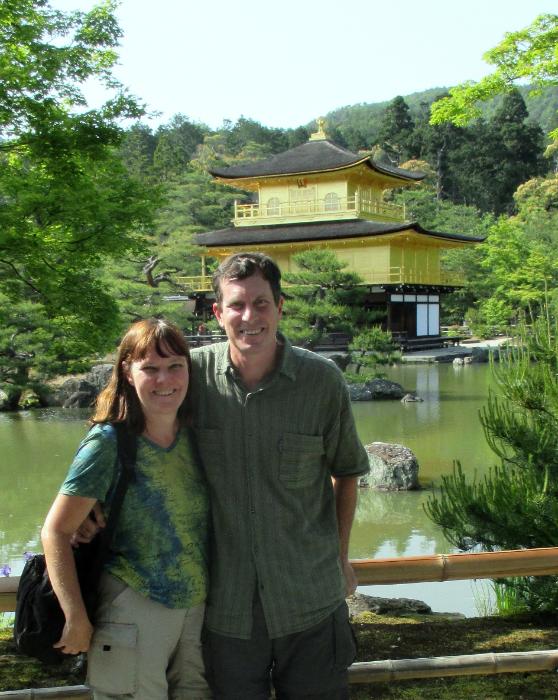
| Kyoto, Japan -- Key Sights (Day 3) |
| Gion is one of the most exclusive and well-known geisha districts in all of Japan. We knew before we came to Kyoto that we wanted to spend at least one night in Gion staying at a ryokan -- a traditional Japanese inn with futons and sliding door panels. |
| We were served green tea at a low table when we arrived. Not a single word of English was spoken, so communication was a challenge, but we were still glad for the experience. |
| Our ryokan was located on a lantern-lit pedestrian street that turned out to be geisha central. We saw several geisha (or "geiko" as they prefer to be called in Kyoto) in full regalia walking past us with faces masked in white. Most memorable were the clicking wooden shoes -- an unmistakable sound on the hard pavement. |
| We strolled past many fine restaurants, sake bars, and ryokans on our street, all mysteriously hidden behind sliding wooden doors and hanging banners |
| We realized we only had to walk up and down our own highly atmospheric street to see all the geisha we wanted. But it felt disrespectful to snap their photos in passing, so these posters will have to do. |
| Nijo Castle is well defended with two concentric rings of fortifications. Shown here is the outer stone wall and wide rectangular moat. |
| This is the ornate main entry gate. The first Tokugawa Shogun, leyasu, ordered the construction of the castle (built from 1603 to 1626). |
| The castle is considered one of the finest examples of early Edo period architecture in Japan. Within are the Shogun’s living quarters, audience chambers for visiting feudal lords, reception rooms, and retainers’ waiting rooms. Behind certain red-tasseled panels were samurai warriors ready to burst out and defend the Shogun if necessary. |
| We split an ice cream bar for dessert. We thought it was funny seeing upscale Haagen-Dazs sold from a vending machine. |
| After following a well-laid-out path through the castle, we headed outside and climbed a small hill offering views down onto the castle complex |
| The extensive grounds include gardens, ponds, temples, pagodas, and “bonus” palaces |
| We got to see Kinkakuji Temple with gorgeous blue irises in full bloom around the edges of the pond. Covered in gold leaf, the building is without question one of the most popular in all of Japan. |
| A short climb offers additional views, but none can beat that first breathtaking view from pond level |
| NIJO CASTLE |
| KINKAKUJI PAVILION |
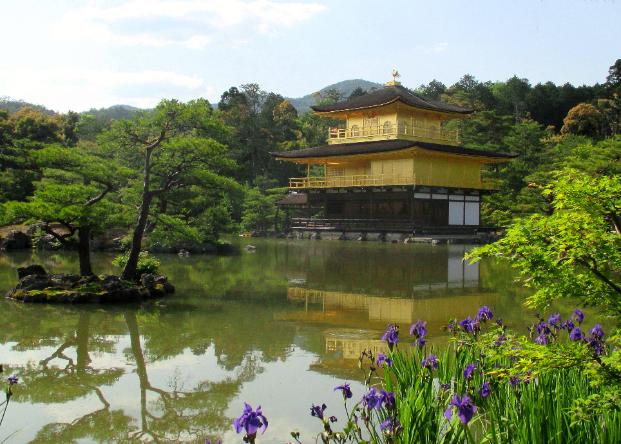
| GION DISTRICT |
On our final day in Kyoto we took a bus to the
northeast corner of the city to visit Kinkakuji
Temple, also known as the Golden Pavilion or
Rokuonji. Ranked #3 on TripAdvisor, this Zen
Buddhist temple built in 1397 is sublime. It’s
ideally situated on a large pond with little islets
of trees and is, quite simply, perfection in gold.
It's impossible not to want to capture a little
piece of this temple's magic in a photo.
Nijo Castle was up next. This UNESCO World
Heritage Site is ranked #9 on TripAdvisor and
perhaps should be ranked even higher given
its historical significance. We expected to take
a quick look around and be done, but the castle
turned out to be fascinating. Removing our
shoes, we walked over wooden floors that
creaked intentionally so as to warn of intruders.
We passed room after room filled with elegantly
painted screens. In one room, mannequins of
suppicants bowed low towards the all-powerful
Shogun, who was flanked by his attendants.
That evening we explored Gion District, famous
for its geisha, and stayed in a traditional ryokan,
a Japanese inn with futons and sliding panels.
northeast corner of the city to visit Kinkakuji
Temple, also known as the Golden Pavilion or
Rokuonji. Ranked #3 on TripAdvisor, this Zen
Buddhist temple built in 1397 is sublime. It’s
ideally situated on a large pond with little islets
of trees and is, quite simply, perfection in gold.
It's impossible not to want to capture a little
piece of this temple's magic in a photo.
Nijo Castle was up next. This UNESCO World
Heritage Site is ranked #9 on TripAdvisor and
perhaps should be ranked even higher given
its historical significance. We expected to take
a quick look around and be done, but the castle
turned out to be fascinating. Removing our
shoes, we walked over wooden floors that
creaked intentionally so as to warn of intruders.
We passed room after room filled with elegantly
painted screens. In one room, mannequins of
suppicants bowed low towards the all-powerful
Shogun, who was flanked by his attendants.
That evening we explored Gion District, famous
for its geisha, and stayed in a traditional ryokan,
a Japanese inn with futons and sliding panels.
| Kinkakuji Temple only takes a half hour to see, but it's a half hour of amazingness |
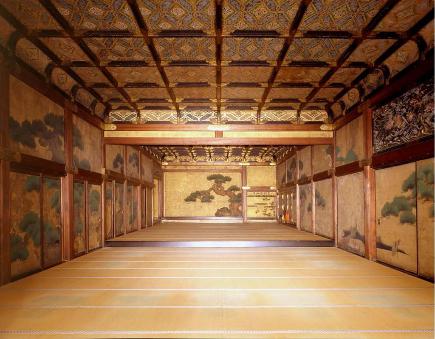
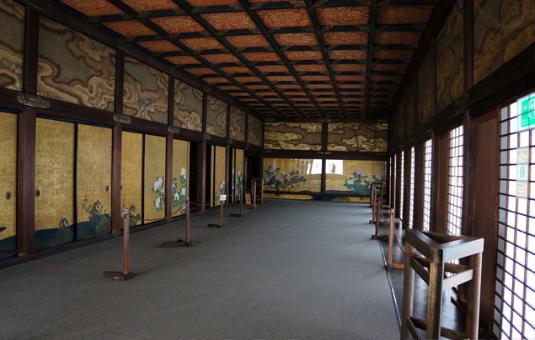
| We were impressed by the kaleidescopic ceiling designs and calligraphic screen paintings of bamboo forests and mountains. And we loved the fact that special creaky floorboards were installed to warn of sneak attacks and assassins. These were called nightingale floors because they squeaked like birds when walked on. [Not my photos] |
| We stopped for a lunch of soba noodles with deep-fried bean curd. Even something as simple as a noodle bowl will run you $7 or $8 minimum in Kyoto. |
| We also passed this vending machine selling liquor -- not something you'd see in America! |